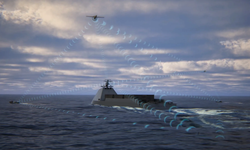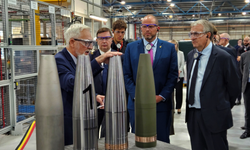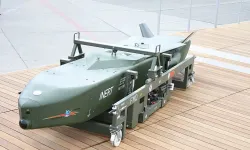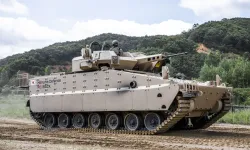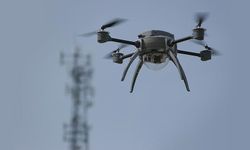According to BAE Systems, the submarine is configured to provide a cost-effective option for missions including anti-submarine warfare, covert surveillance and protection of underwater infrastructure. Operating without life support systems or the need for resupply, the vessel can function independently or alongside crewed platforms to extend undersea presence at lower cost than conventional submarines.
Scott Jamieson, Managing Director of BAE Systems’ Maritime & Land Defence Solutions business, said:
“The trials last year were a huge success and I’m delighted that we’re building on that momentum with this new collaboration agreement to maintain the phenomenal pace at which we’re developing Herne.
It’s a game changer in the underwater battlespace and will enable us to offer our customers a cost-effective autonomous capability providing them with more endurance, efficiency and scale, whilst keeping their people out of harm’s way.”
Neil Manning, Chief Executive Officer of Cellula Robotics, highlighted the role of the company’s hydrogen-based energy solution in the project:
“At Cellula, we believe Herne, powered by our hydrogen-based energy solution, represents a cost-effective force multiplier. It helps to fill an essential gap, complementing navies’ operational needs while seamlessly integrating with other marine defense systems. Cellula is honored to be selected by BAE Systems, recognising their foresight and vision in forming this partnership.”
The companies said the collaboration has taken the project from concept to sea trials within 11 months, with the tests leading to several design refinements. Development work continues with the aim of introducing the submarine to the market within the next year and a half.

